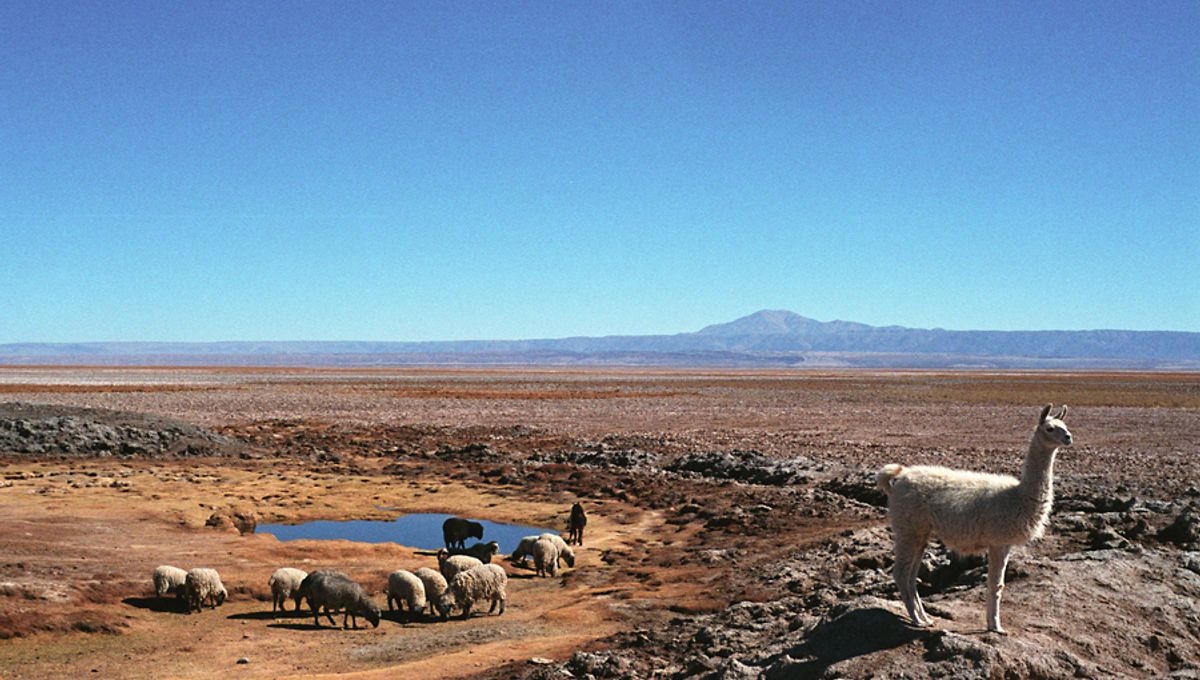
No place on Earth is more sun-baked than the Altiplano of the Atacama Desert in South America, according to a new study. However, sunbathers looking to catch a tan should stay clear – this otherworldly plateau has a sunlight intensity similar to Venus, the Solar System’s own fiery hellscape.
Satellite data have previously suggested that the sunniest place on Earth is Altiplano, a large high-altitude plateau in the Atacama that lies across parts of Chile, Bolivia, and Peru. After Tibet, it’s the highest plateau on the planet, with an average altitude of 3,750 meters (12,300 feet).
To see whether the satellite recordings were accurate, scientists built an atmospheric observatory in 2016 at the northwestern border of the Chajnantor Plateau in the Atacama Desert of northern Chile.
Just as the satellites had anticipated, the data from the observatory measured a world record of solar irradiance: a blistering 2,177 watts per square meter.
That was recorded during a burst of summer sun in January 2017. Meanwhile, the year-round average was 308 watts per square meter, which the researchers say is the highest worldwide.
“It’s actually the radiation that you will be receiving in summer if you are standing up on Venus,” Raul Cordero, study author and climatologist at the University of Groningen in the Netherlands, told The Washington Post.
Bear in mind, Venus is the hottest planet in our Solar System. Although Mercury is closer to the Sun, its ultra-thick atmosphere traps in the heat like a greenhouse. Its average surface temperature is 470°C (880°F), hot enough to melt lead. While it’s clearly not that warm in the Atacama Desert, the intensity of sunlight it receives is comparable, the researcher suggests.
Low clouds reflect solar radiation, cooling the Earth’s surface. In some instances, however, clouds can actually boost the intensity of the Sun. The researchers found that the especially harsh periods of solar irradiation were partially thanks to reflection from a thin scattering of high-altitude broken clouds.
The team finished their study by noting how the Chajnantor Plateau would provide an “ideal place for testing safety, durability, and design of future variability-proof [photovoltaic] power plants.”
Let’s just hope the researchers bring their SPF 50.
“If you are exposed to such a high radiation danger, you have to protect your skin. At this particular location, for people working there… they are aware that the radiation was high, but now we know how really high,” added Cordero.
The study is published in the Bulletin of the American Meteorological Society.
Source Link: The Sunniest Place On Earth Is Like Standing On Venus